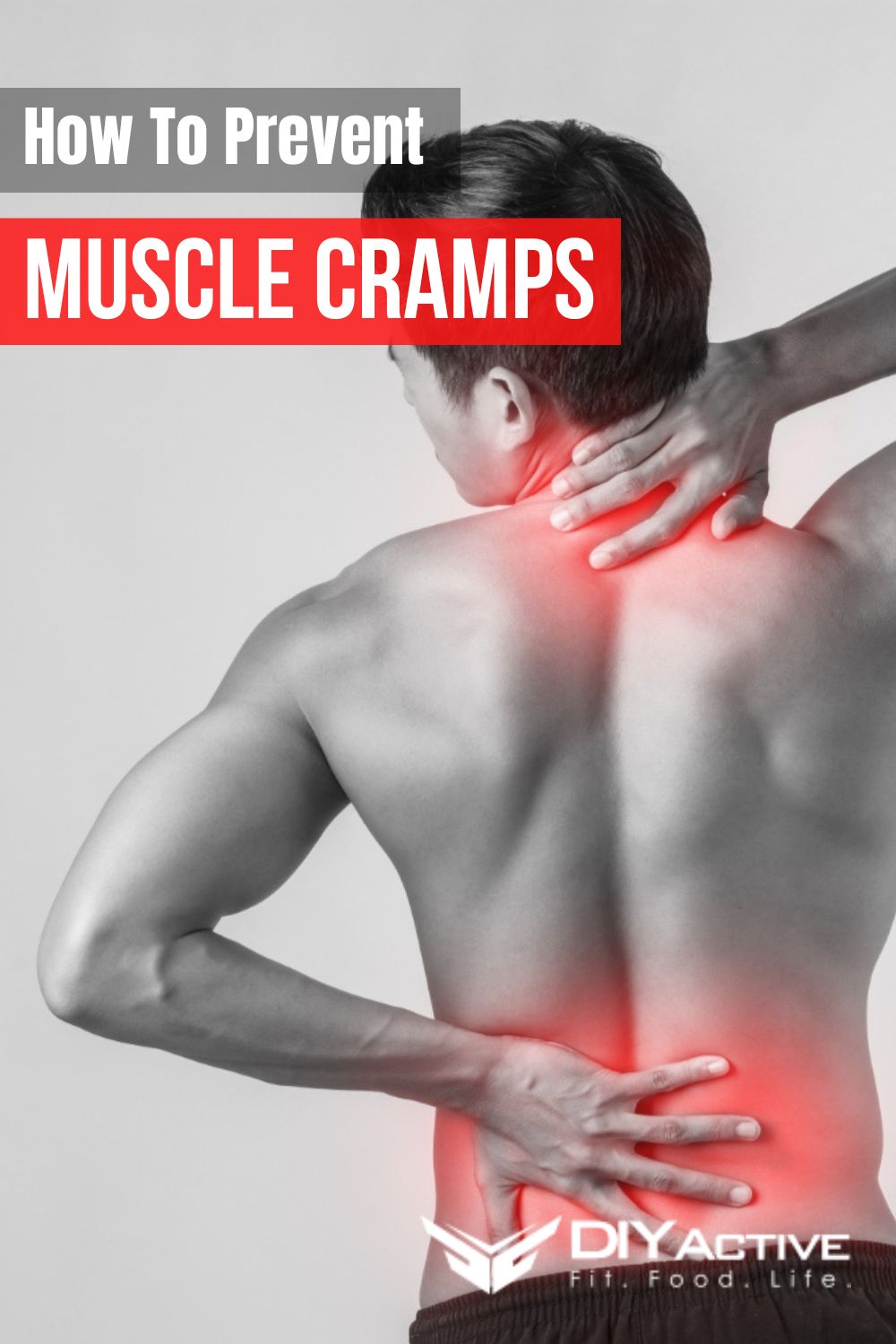
What Is Muscle Cramp?
Muscle cramps are a common problem, and most people will experience them at some point in their lifetime. They can be caused by various factors, such as dehydration, electrolyte imbalance, and stress. In this article, we will explore the causes and treatments of muscle cramps to help you prevent them from happening in the future.
Drink plenty of water
The human body is made up of about 60% water. When you don’t drink enough water, your muscles can get the hydration they need to function correctly. Muscle cramps are a common symptom of dehydration because they occur when the body is not getting enough water.
Drinking plenty of fluids and avoiding caffeine can help prevent muscle cramps. This is one of the best home remedies for muscle cramps.
Perform static stretches before bed
The most common cause of muscle cramps is overuse or overexertion. If you are wondering how to prevent muscle cramps, static stretches can help promote sound sleep quality.
Static stretching involves holding a position for at least 30 seconds without moving, and it’s usually done by bending down and touching your toes or leaning forward from a standing position to touching your toes.
A study from the University of Iowa found that static stretching before bed helped reduce the number of nighttime leg cramps in participants by more than 50%. It also helped improve their sleep quality.
Know your electrolytes level
Electrolytes are essential for our body because they regulate the balance of fluids and minerals, essential for maintaining the proper pH level. Electrolytes are found in various foods, such as fruits and vegetables.
There are many other reasons for muscle cramps, but they all boil down to the same thing: dehydration. It’s essential to drink plenty of fluids during workouts, both to refuel and prevent muscle cramps. If you are exercising on a hot day, it’s especially important.
You can also help prevent muscle cramps by stretching. Doing this before and after a workout is important, but it can help stop cramps before they start. If you are planning to do a long-distance run, you’ll want to use good form.
When running, you’ll have a quad and hamstring working together to pull your leg forward. If you want to keep them from cramping, you should try to alternate the movements between the legs.
Knowing how to check your electrolyte level is essential, especially if you exercise.
Muscle cramps are a sign that your electrolyte levels are low. The first step is to find out what type of electrolyte you need. There are three types: sodium, potassium, and chloride. If you need more sodium, eat foods high in sodium, like canned soup and tomato sauce.
If you need more potassium, eat foods like bananas and avocados that contain potassium. Lastly, if you need more chloride, eat foods like raw spinach or celery containing it.
Dynamic exercises before the workout
Dynamic exercises are an excellent way to prevent muscle cramps. They are also a great way to warm up before a workout session.
Getting muscle cramps can be frustrating, particularly if you are trying to get fit. There are many different causes, but there are several ways to prevent them.
One of the best ways to avoid cramps is to hydrate properly. This is because muscles need to be able to rid themselves of waste products. A damaged muscle cannot do this properly. It can’t get rid of lactic acid effectively, which will lead to a buildup.
Another way to combat muscle cramps is to stretch. This is especially important before and after exercising. If you have a particularly large workout, you may want to take a break between sets. Even taking a light walk before bed can help.
Taking a warm bath with Epsom salts is another good way to relieve muscle cramps. You can either soak in a bath or apply the salts to a cloth and rub them onto the affected area.
A study found that when people do dynamic exercises before they start their workout, they can significantly reduce the risk of muscle cramps. This is because these exercises help to stimulate blood flow and the production of synovial fluid in the joints, which helps them maintain their range of motion and flexibility.
Wrap-Up
A lot of people experience muscle cramps. It is essential to understand the different factors that can lead to muscle cramps and how to prevent them.
Many factors can lead to muscle cramps. Some of these factors include dehydration, too much exercise, not enough sleep, and lack of stretching before or after exercise. To prevent muscle cramps, drink plenty of water throughout the day, stretch your muscles before and after exercise, get enough sleep at night, and limit your exercise time.
Image by jcomp on Freepik
Image by stefamerpik on Freepik



